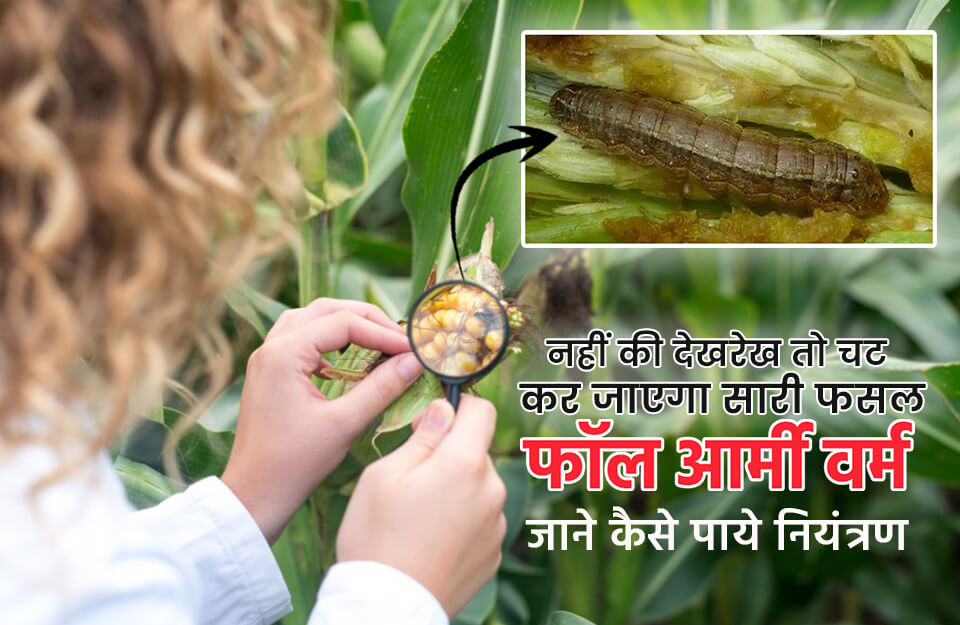
Globally, a specific pest known as the Fall Armyworm is posing a significant threat to crops. The Food and Agriculture Organization (FAO) of the United Nations has issued a warning that the Fall Armyworm could potentially decrease the yield of food crops in the near future. Reports indicate that this pest has already spread to 70 countries, including India. Primarily targeting maize crops, the Fall Armyworm also attacks 80 different types of plants, including maize and rice. Its infestation leads to complete destruction of crops wherever it occurs. The Indian Council of Agricultural Research (ICAR) has also expressed concern about this pest. The Armyworm, which is particularly prevalent in the United States, reached Nigeria in 2016 and swiftly spread to 44 African countries within a few days.
The insect reproduces rapidly, with adult females laying 50 to 200 eggs at a time. In its lifespan (7 to 21 days), a female can lay between 1,700 to 2,000 eggs, grouped in 10 clusters. These eggs hatch in 3 to 4 days, giving rise to larvae. The larval stage lasts for 14 to 22 days, and the pupal period is 7 to 13 days. The life cycle of this pest is completed in 30 to 61 days.
Larvae feed on the leaves of plants, causing white streaks as they chew through them. As the larvae grow, they continue consuming the upper leaves of the plants. Even after maturing, they persist in feeding on the leaves, creating large, round holes in a consistent pattern.
To mitigate the impact of this pest, the most effective method is to practice early sowing of maize. Additionally, refrain from sowing maize in the following year after cultivating it. To impede the transition from pupa to adult, incorporate 250 kilograms of neem cake per hectare into the soil. Monitor its moth presence by installing a light trap per hectare. Identify and destroy egg clusters. The use of bioagents like Trichogramma can also be beneficial. For effective control, spraying Emamectin Benzoate 5 SG at 100 grams per hectare, or Thiodicarb 75 SP at 1 kg/ha, or Fipronil 480 SC at 150 ml/ha, or Chlorpyrifos 20 EC at 1 liter, or Spinosad 45 EC at 175 ml/ha has proven to be effective.